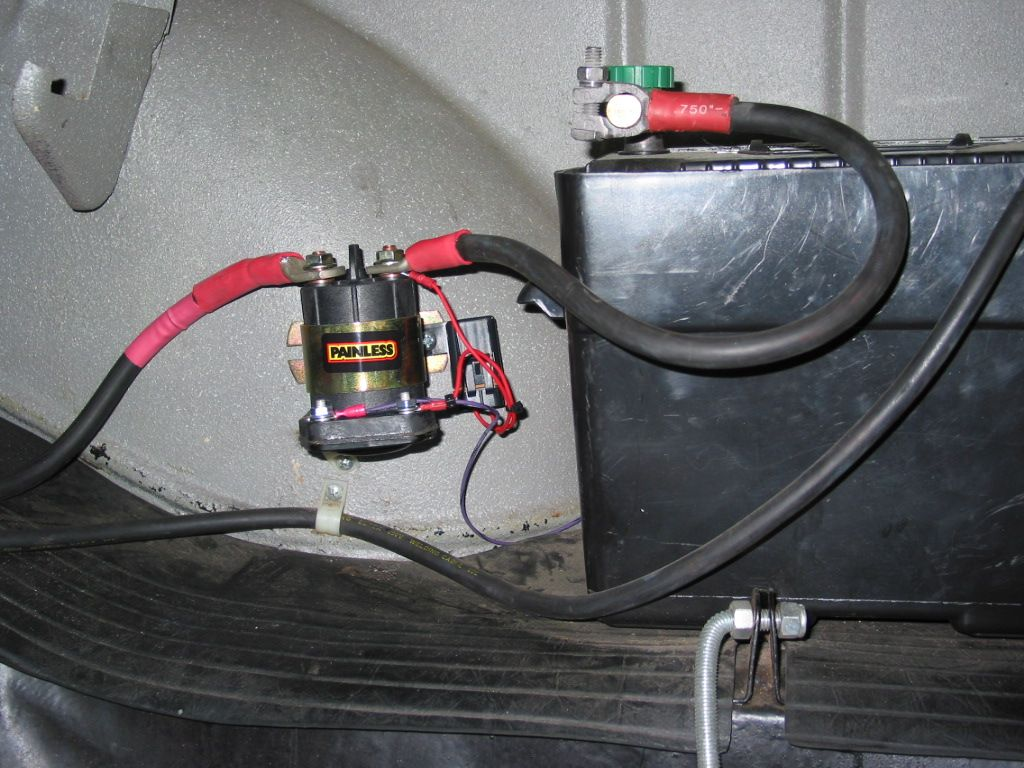In various situations, battery-powered tools might not suffice, making a plug-in tool an essential requirement. However, encountering the lack of an accessible AC receptacle can pose challenges. But if you own a truck, you’re already halfway towards having a mobile AC generator. By incorporating an AC inverter, you can harness approximately 1,800 watts of power on the go. The fundamental setup costs around $450, while an upgraded version, complete with an auxiliary battery and isolator relay, is priced at approximately $700. The installation process is relatively straightforward, requiring just a few hours of your time and basic hand tools. Let’s explore how you can also use a car power inverter to power devices like laptops or televisions.

In situations where battery-powered tools fall short, the need for plug-in tools becomes evident. If an AC receptacle is out of reach, especially while on the move, converting your truck into a mobile AC generator can offer a versatile solution. By integrating an AC inverter, you can access up to 1,800 watts of power, providing the capability to run various devices. This article outlines the steps to set up an AC inverter in your truck, transforming it into a portable power source. The procedure involves installing the inverter, ensuring proper cabling, and optimizing the setup for enhanced performance.
Installation Steps
- Mounting the Inverter: Begin by selecting an appropriate location for mounting the inverter. Due to the heat generated during operation, it’s advisable to choose a spot with sufficient airflow, such as your truck bed toolbox or a suitable location behind the driver’s seat. Ensure easy accessibility by keeping the toolbox lid or cab door open when the inverter is in use.
- Cable Routing: Customized cable routing is essential, as each vehicle’s layout differs. However, a critical guideline is to keep both the positive and negative cables away from components like the engine block, pulleys, steering parts, and exhaust manifold. It’s crucial to run a separate negative cable from the inverter back to the main battery. For added protection, especially beneath the vehicle, employ flexible plastic 3/4-inch conduit to house the cables. This conduit, often referred to as “smurf” conduit due to its blue color, can be found in the electrical department of home centers. Drill holes at appropriate points on the truck bed and toolbox to accommodate the conduit.
- Electrical Fittings: Install electrical fittings into the holes created in the truck bed and toolbox to secure the conduit. This step ensures the cables are properly shielded and routed, preventing any potential hazards.
- Optional Battery and Isolation Relay: If desired, incorporate an auxiliary battery, which can help prevent alternator overheating and maintain voltage stability during heavy loads. Additionally, installing an isolation relay is recommended to prevent draining the main battery. Place the battery isolation relay under the hood and connect the trigger wire to a switch-powered “hot” wire.
Conclusion
Converting your truck into a portable AC generator through the installation of an AC inverter offers significant benefits, providing power options for various devices. The versatility and convenience of having a mobile power source can be invaluable in a range of scenarios. This comprehensive installation process, encompassing inverter mounting, cable routing, and optional battery integration, ensures a well-functioning setup that enhances your truck’s capabilities.
